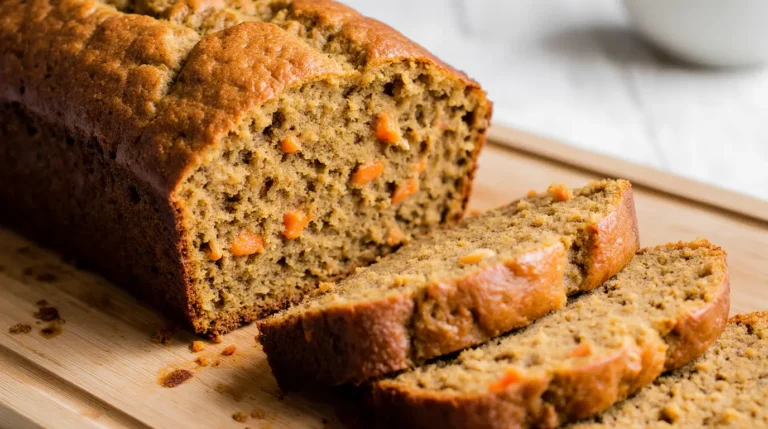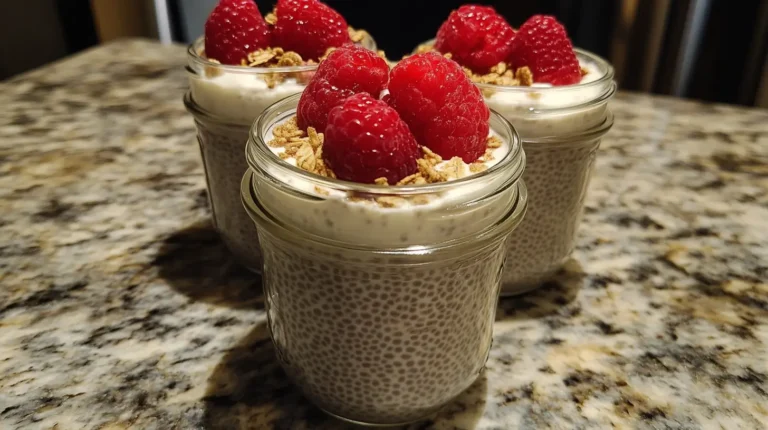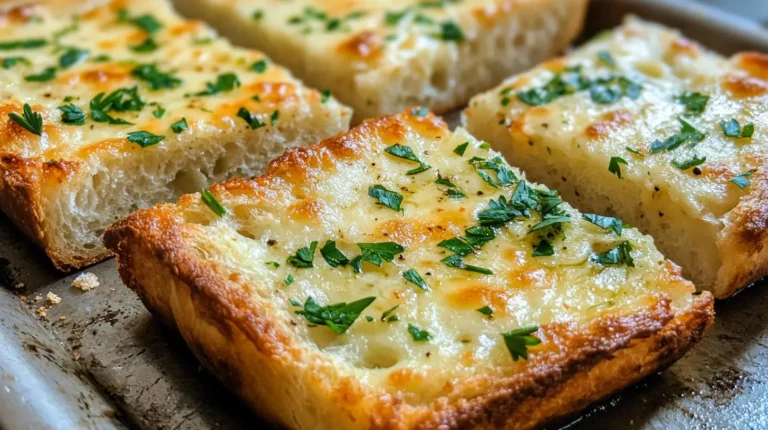Carrot Bread: 10 Irresistible Variations You Need to Try
Carrot bread is one of those humble, comforting bakes that strikes the perfect balance between healthy and indulgent. Packed with…

Carrot bread is one of those humble, comforting bakes that strikes the perfect balance between healthy and indulgent. Packed with…

If you’re looking to shake up your morning routine with something that’s equal parts delicious, hearty, and fun to make,…

Looking for a quick, healthy, and versatile breakfast or snack? Chia seed pudding is the answer. It’s made with just…

If you’re a sourdough enthusiast or just starting your sourdough journey, these Soft Sourdough Dinner Rolls are a must-try. With…

Flatbreads have a special place in almost every culture—from Indian naan to Middle Eastern pita and Italian focaccia. But if…

Coconut bread is a soft, quick bread that brings the essence of the tropics into your kitchen with the rich…

Garlic bread is one of those universally loved side dishes that seems to make everything better. Whether you’re preparing a…

Poached eggs are a timeless kitchen staple. Whether crafting a nourishing breakfast or looking to elevate a simple dish with…

Chickpea flour pancakes are a fantastic alternative to traditional pancakes. They are gluten-free, protein-rich, and deliciously versatile breakfast options. Whether…

High-protein egg white bites are a delicious, low-calorie, and protein-packed breakfast option that has gained popularity among fitness enthusiasts, busy professionals,…